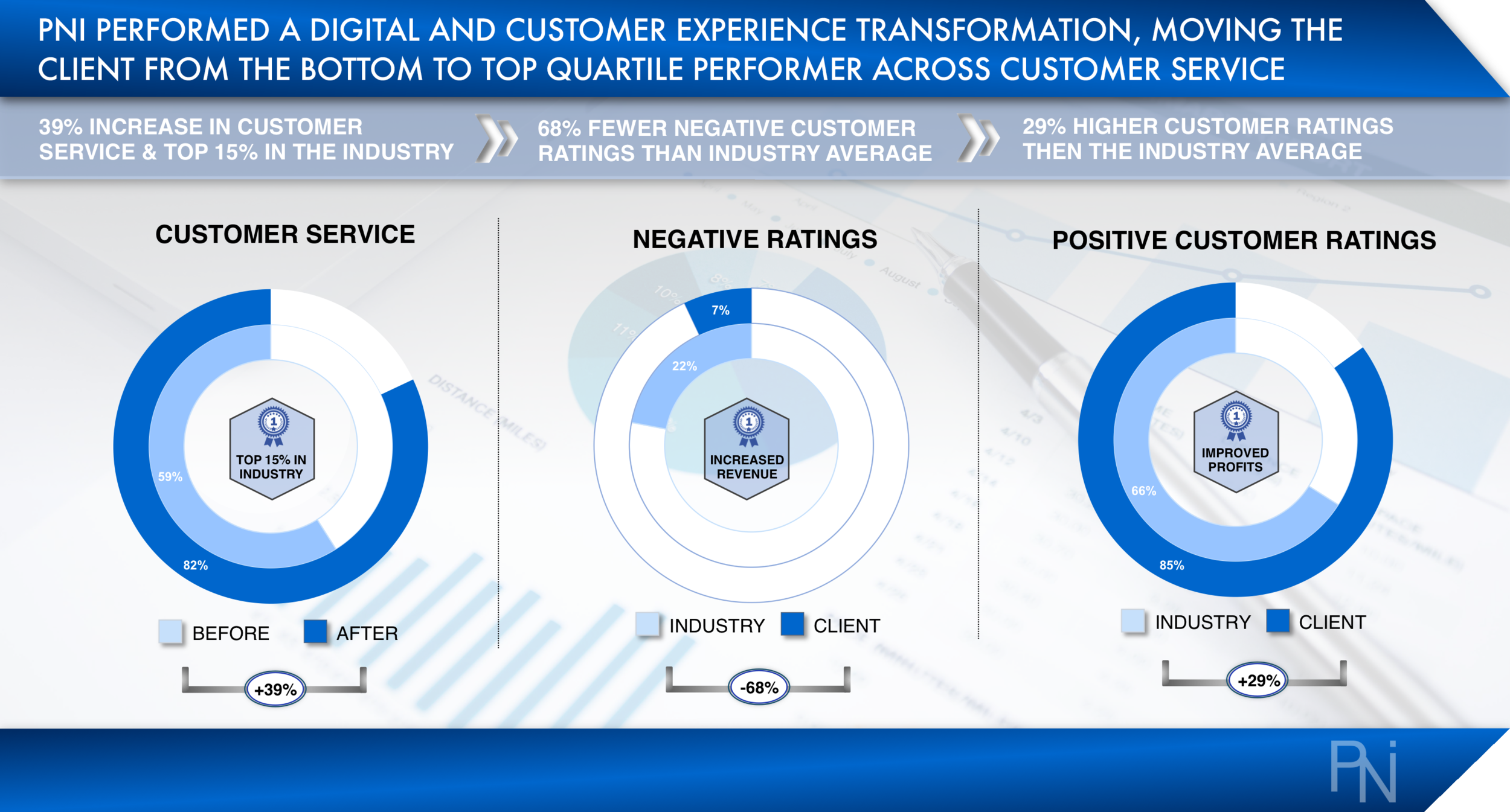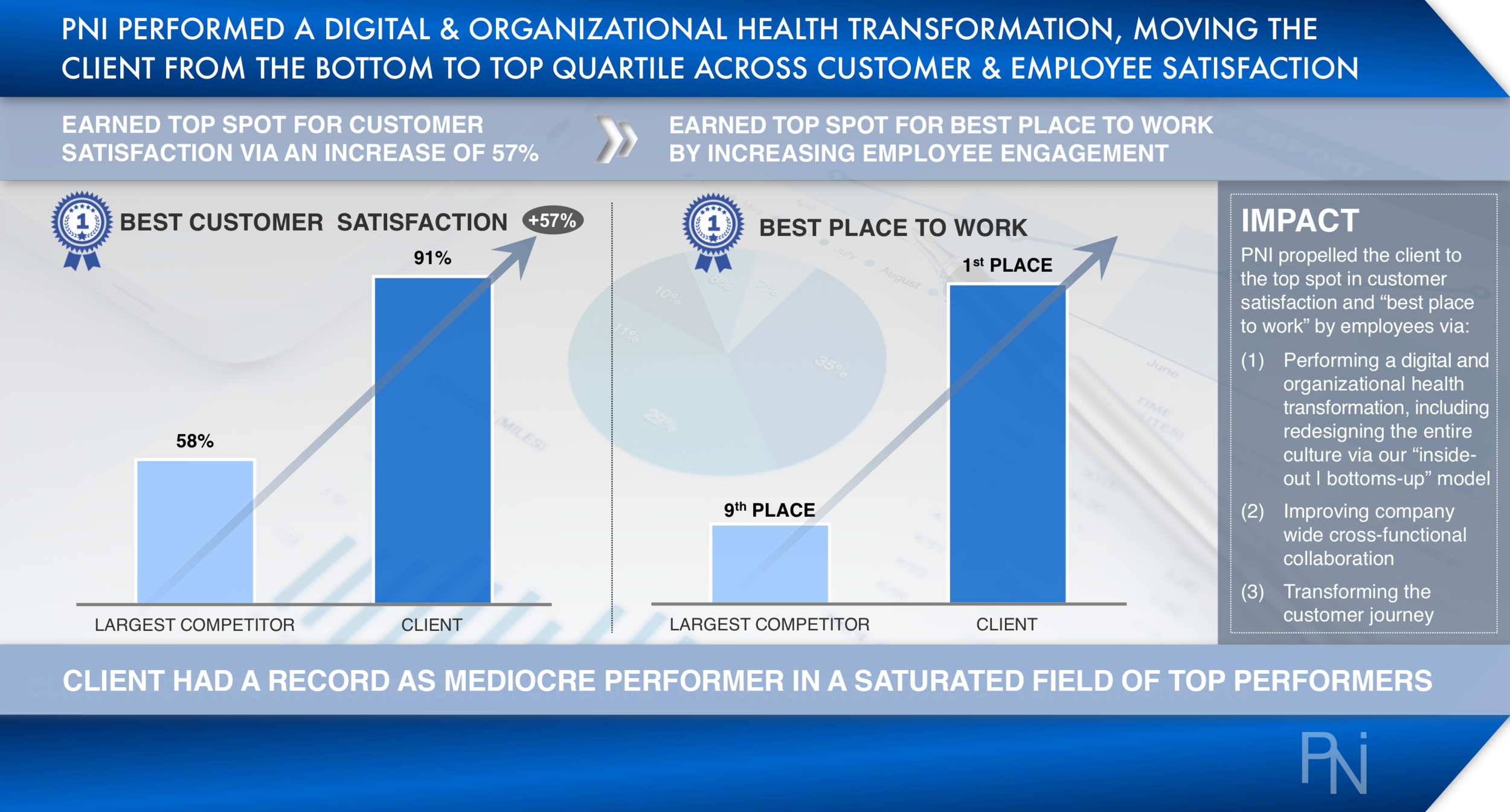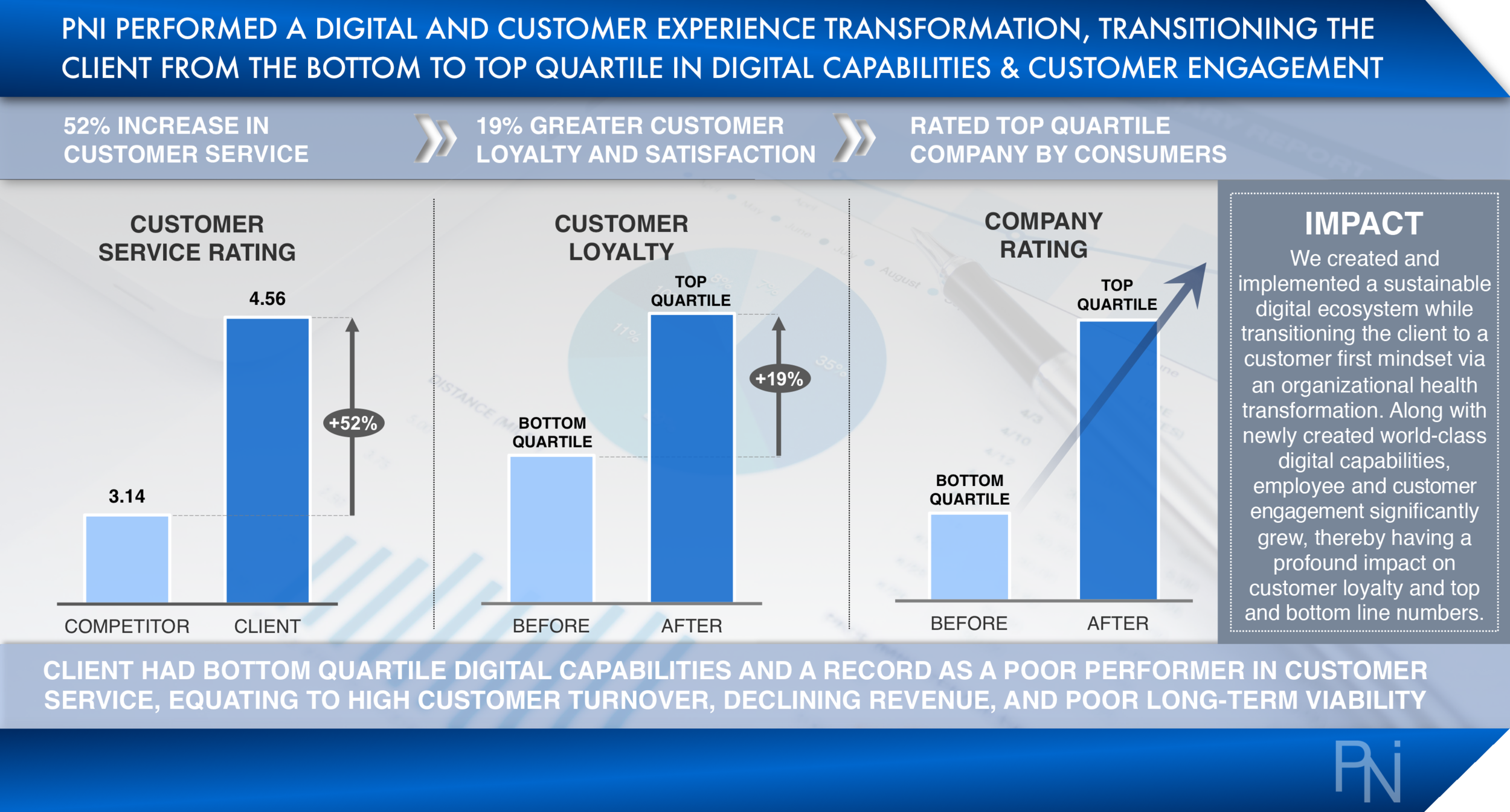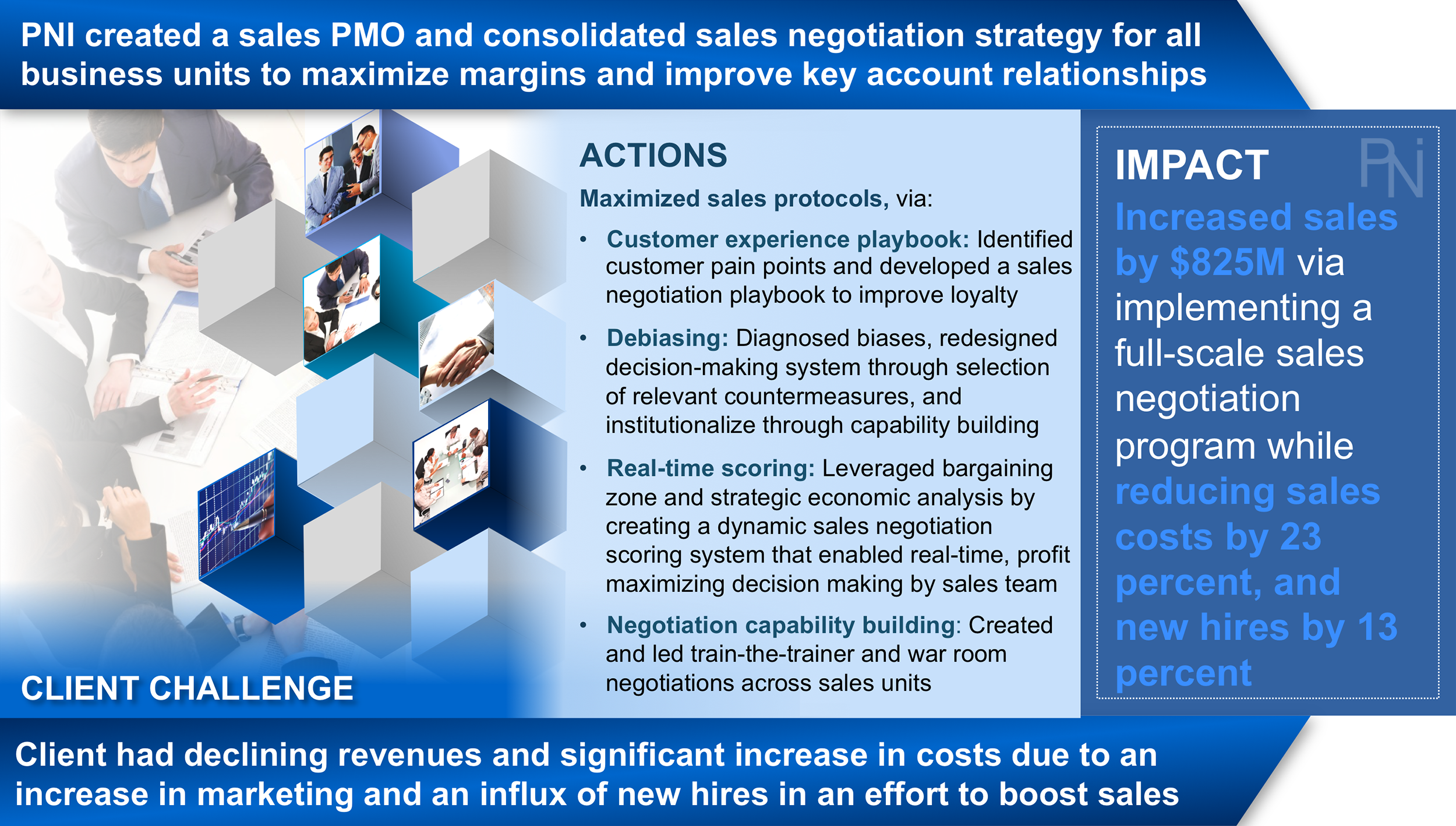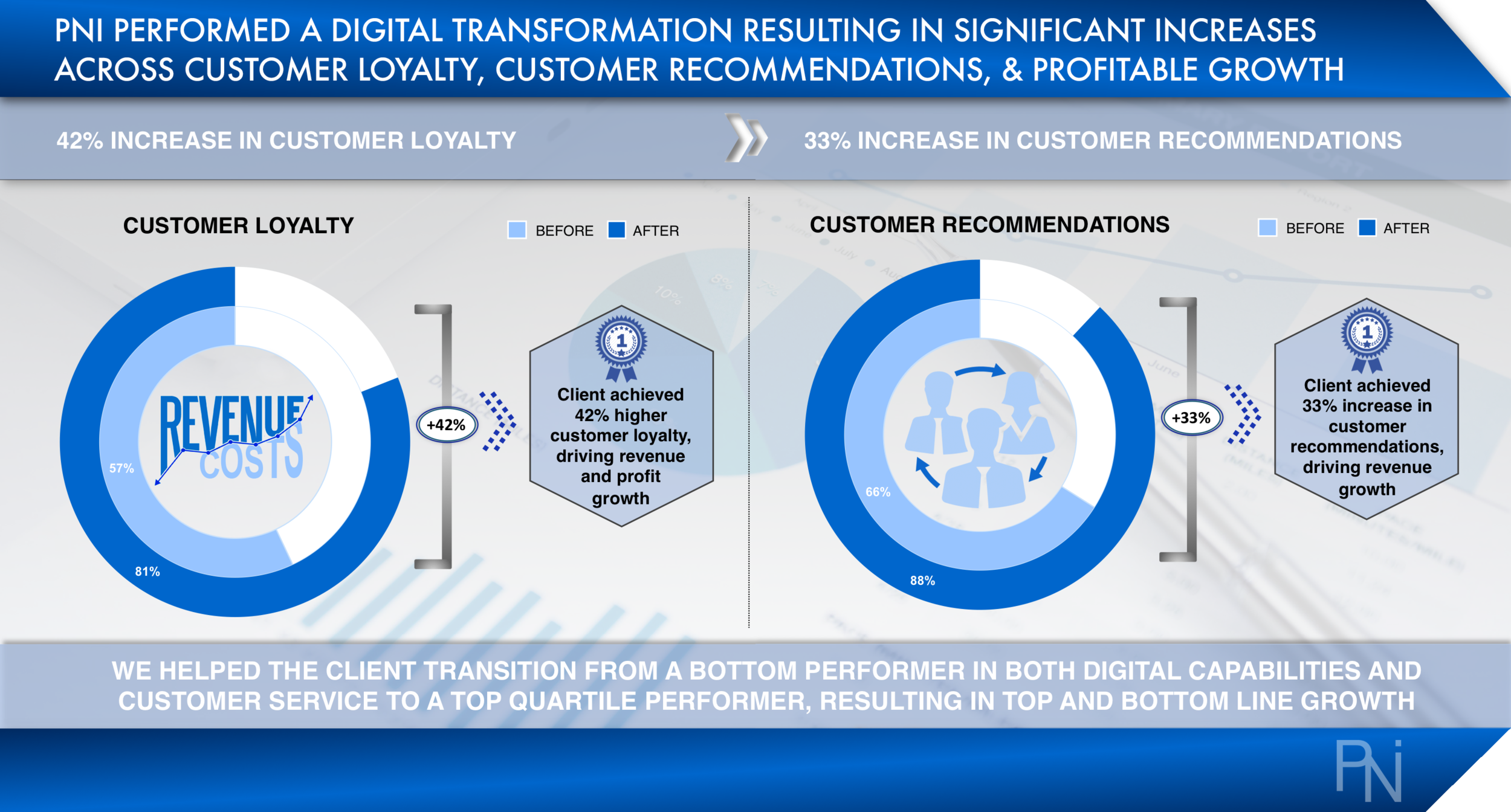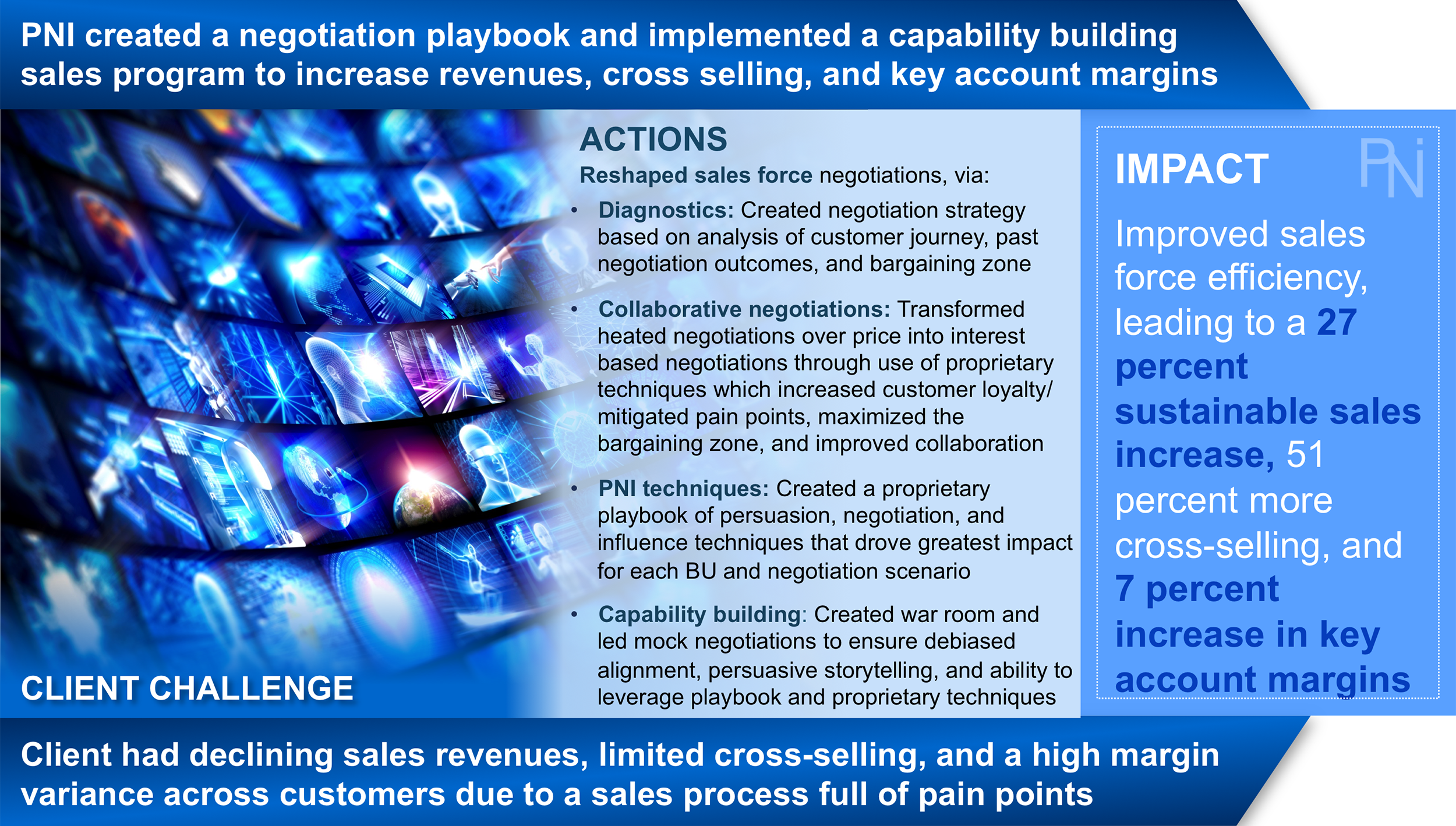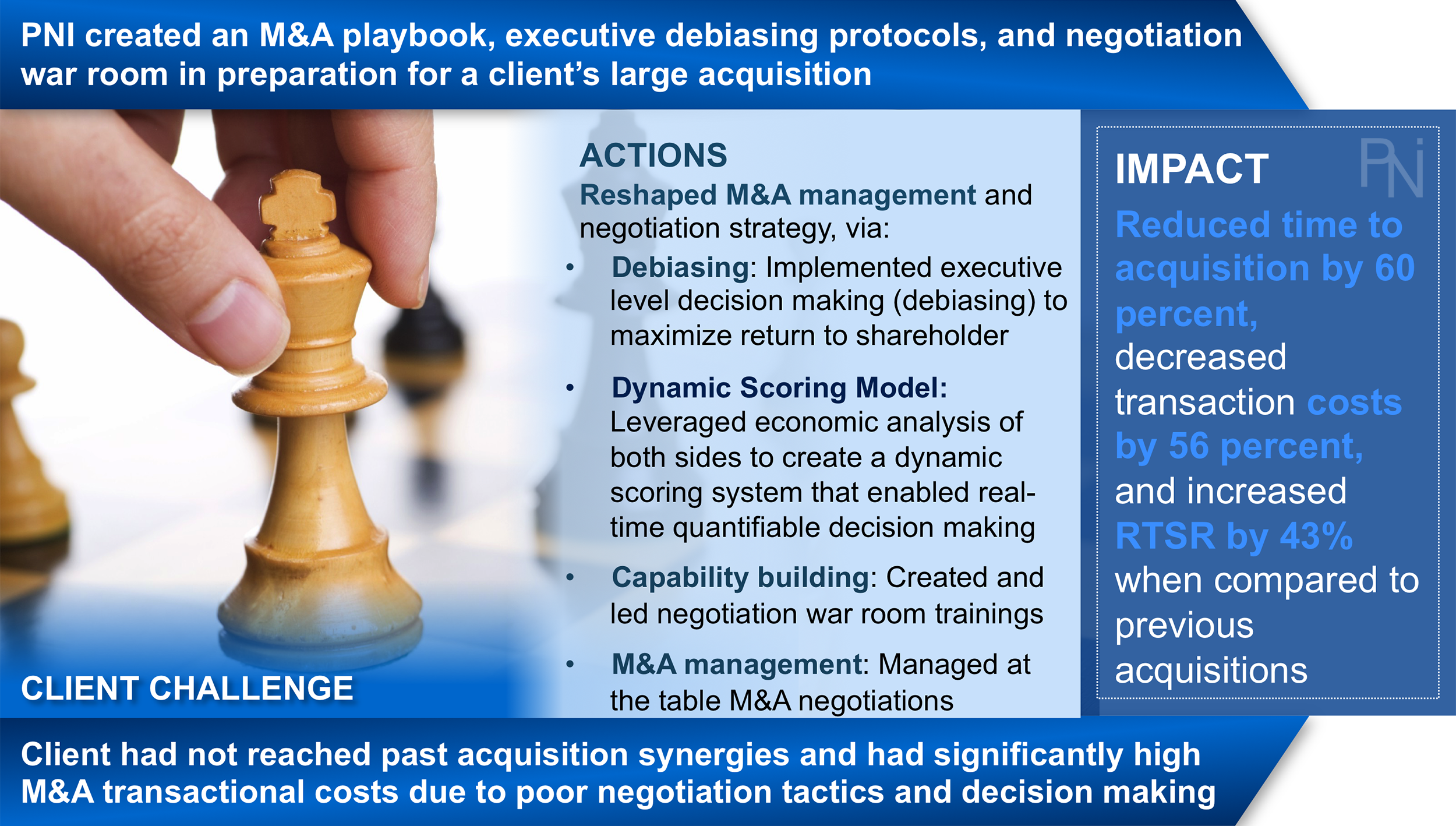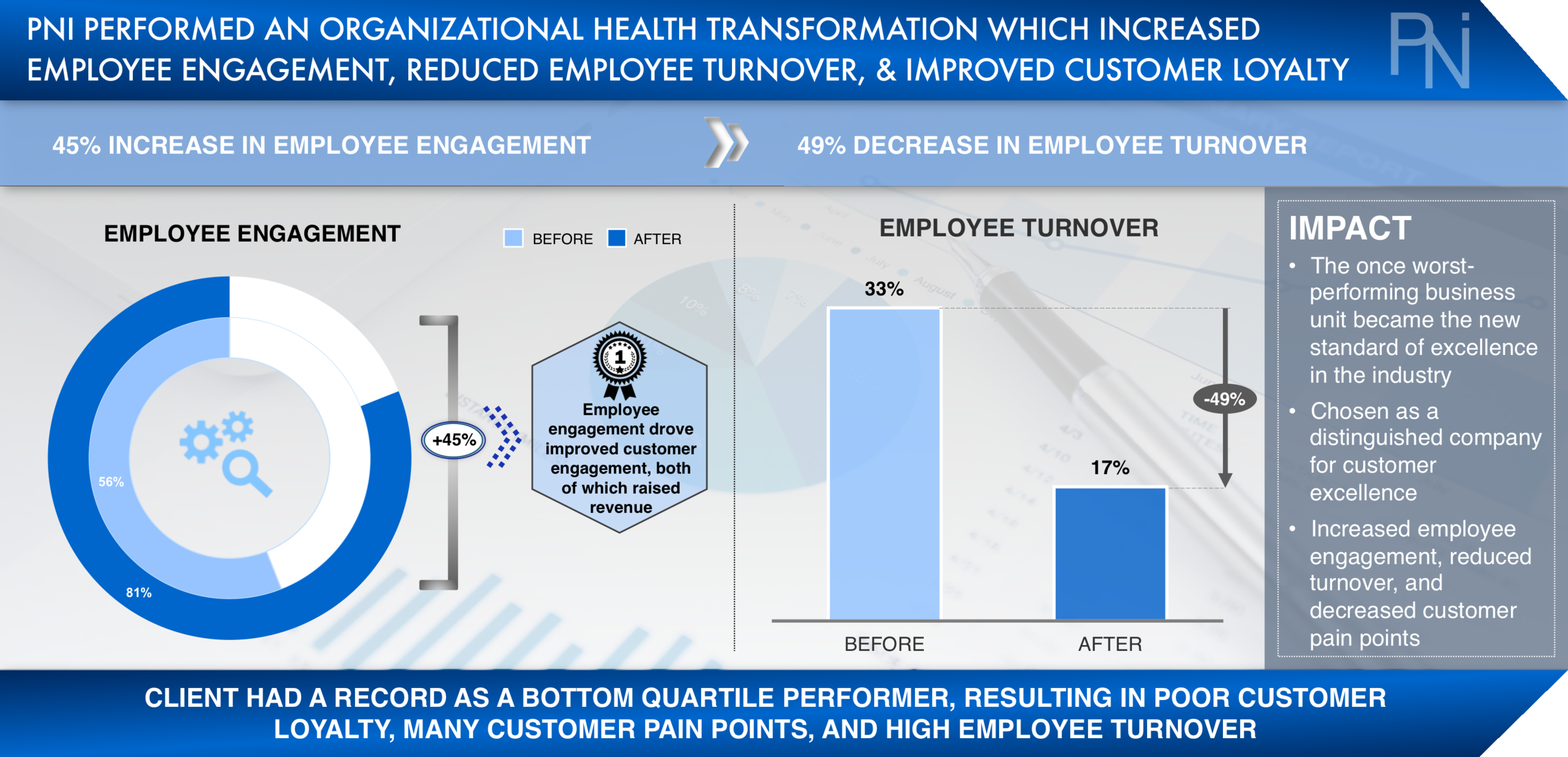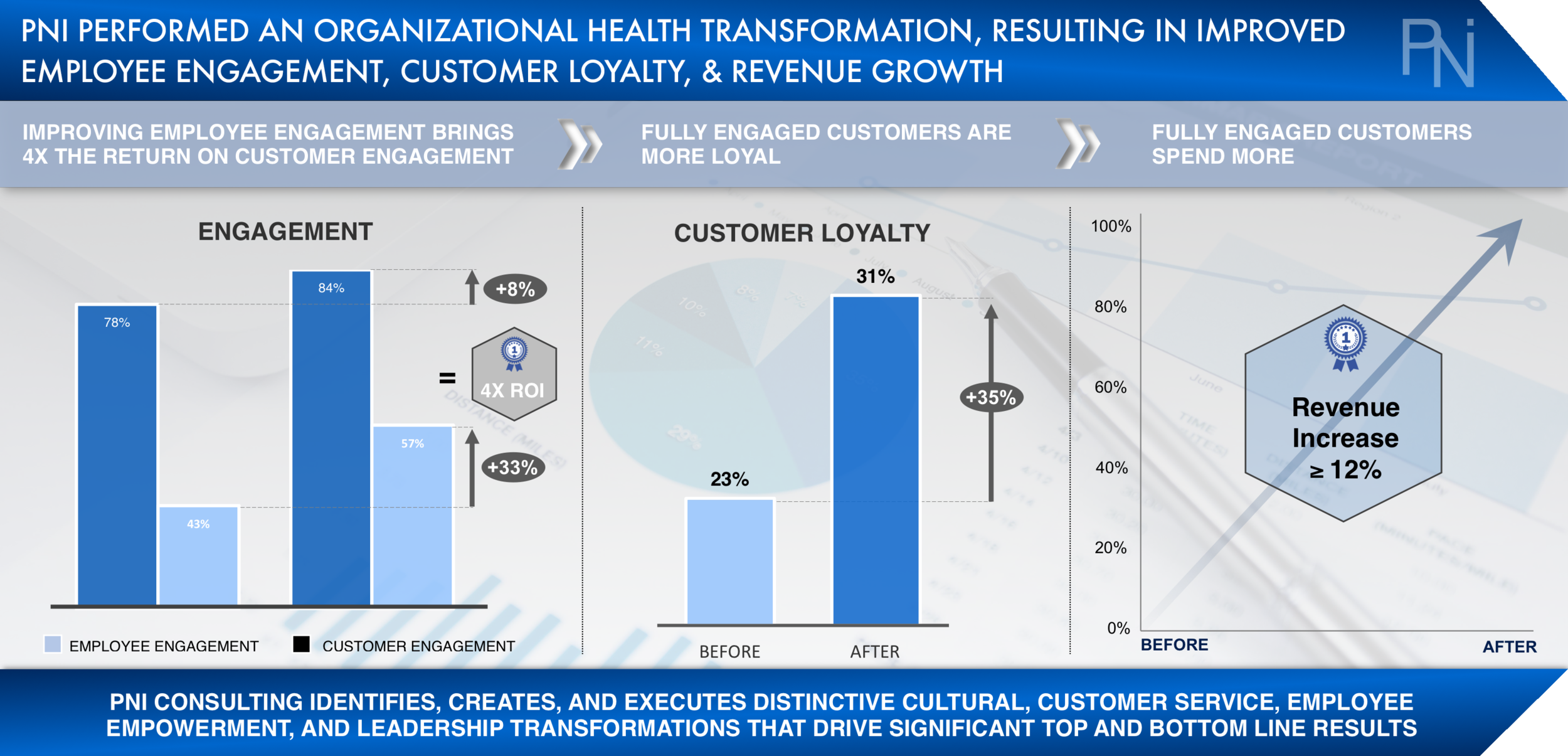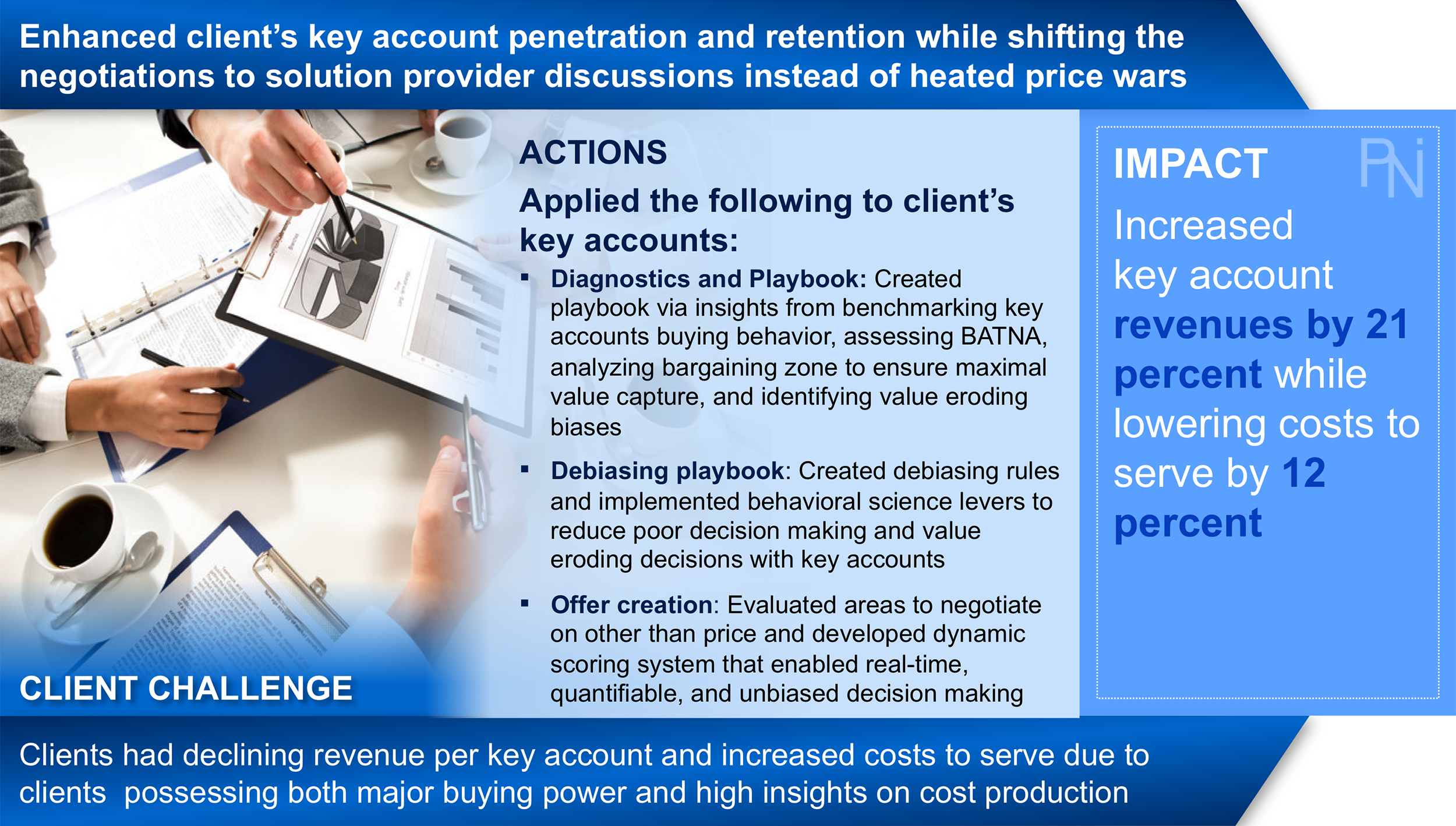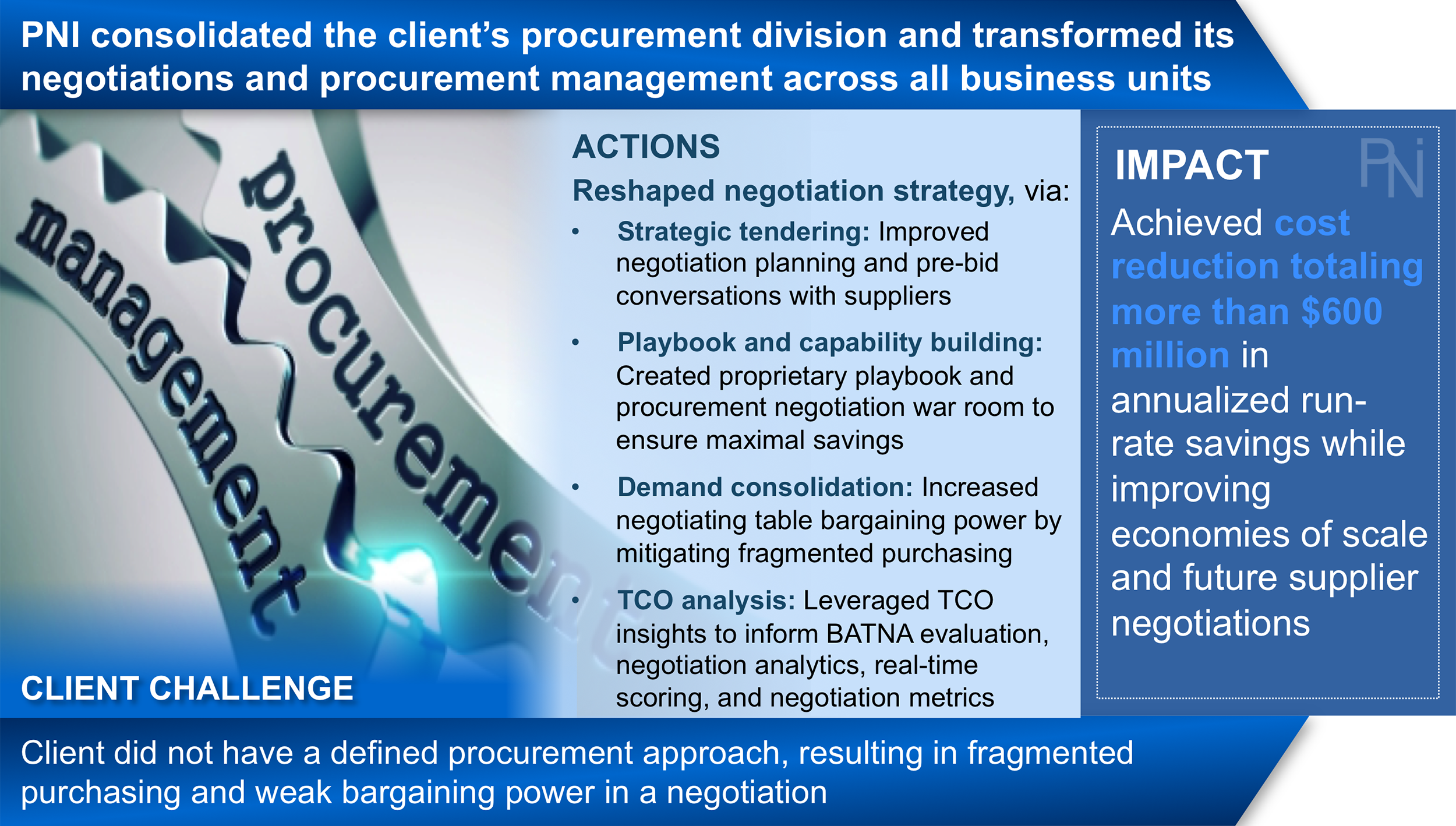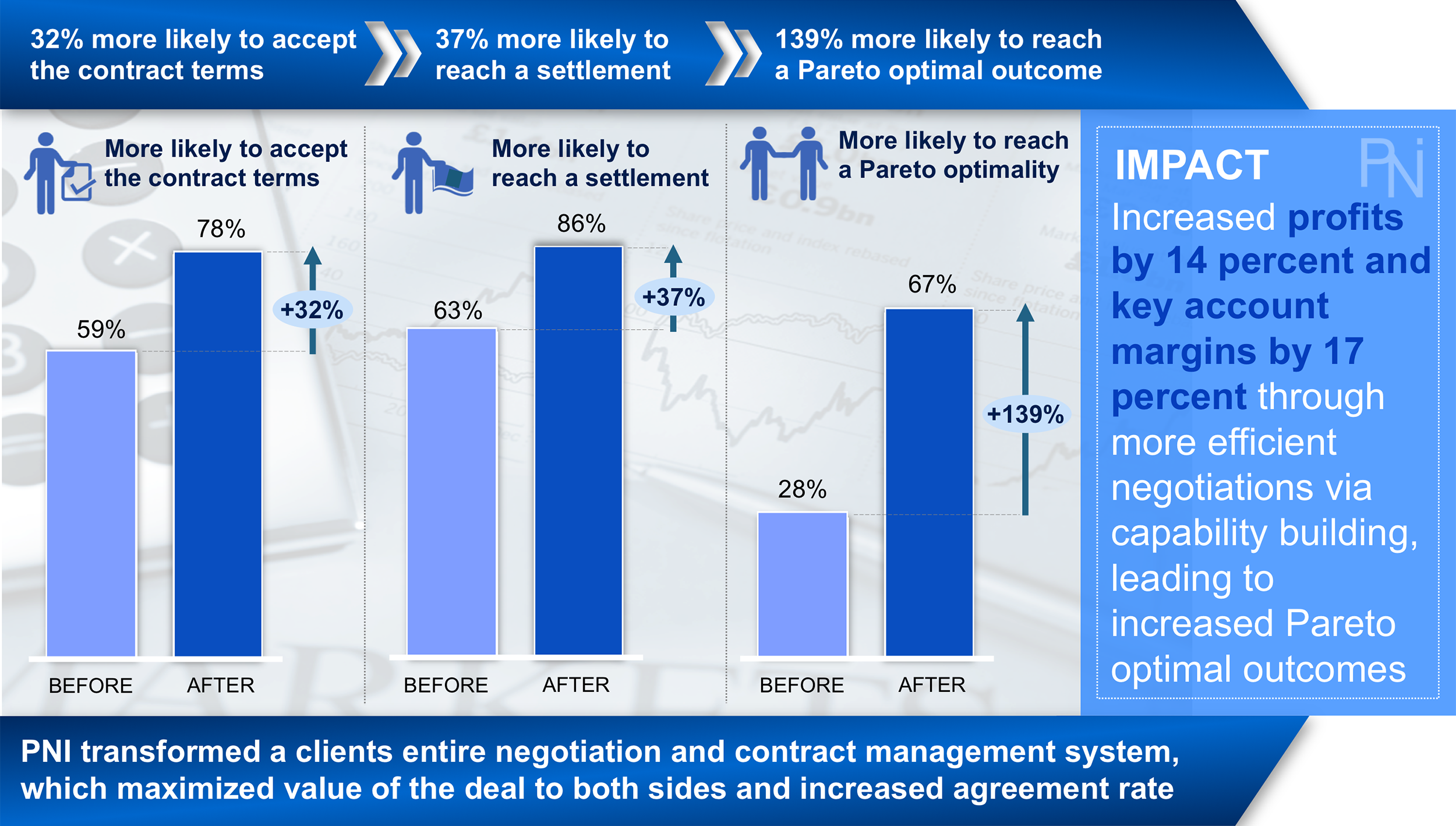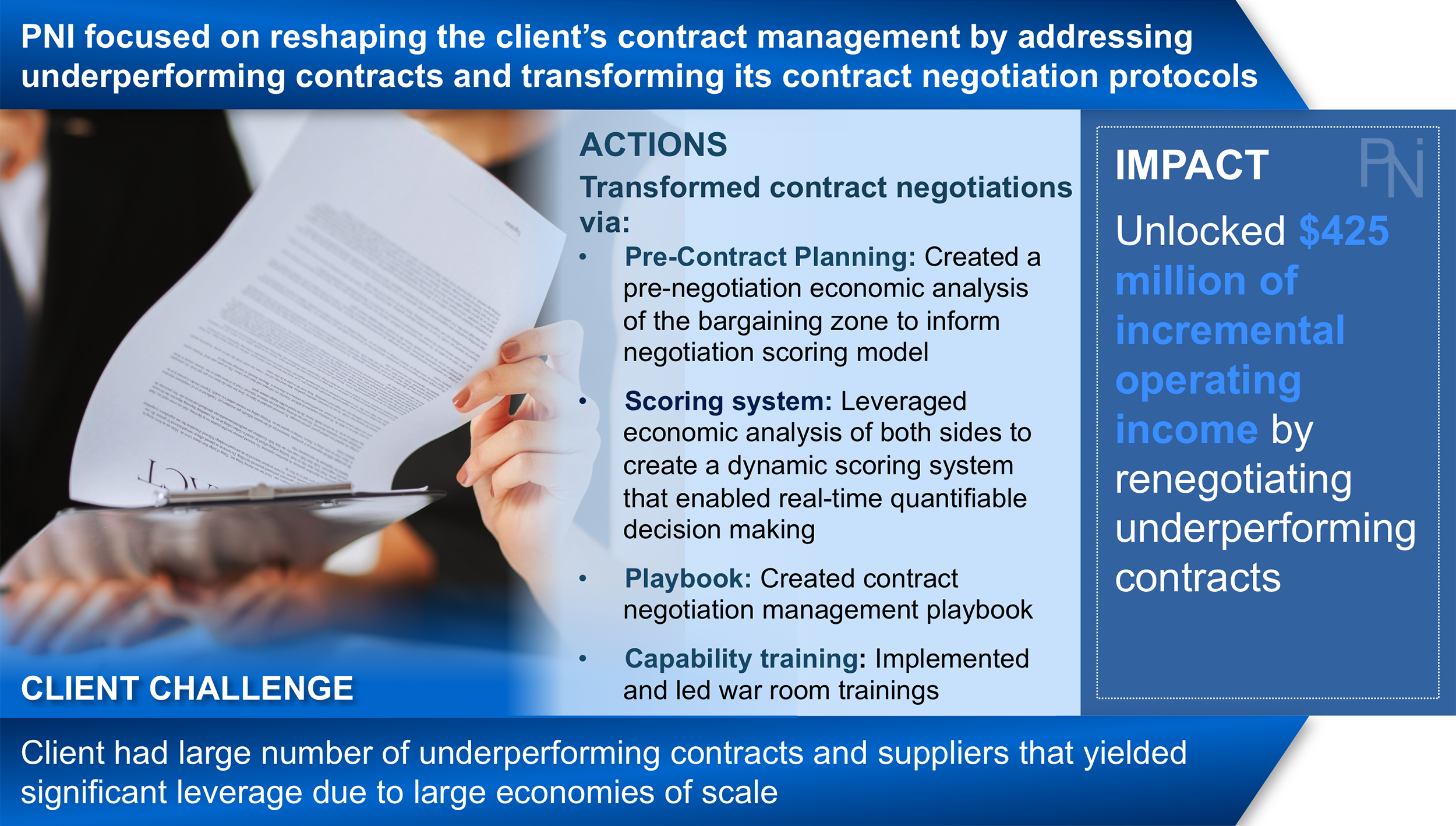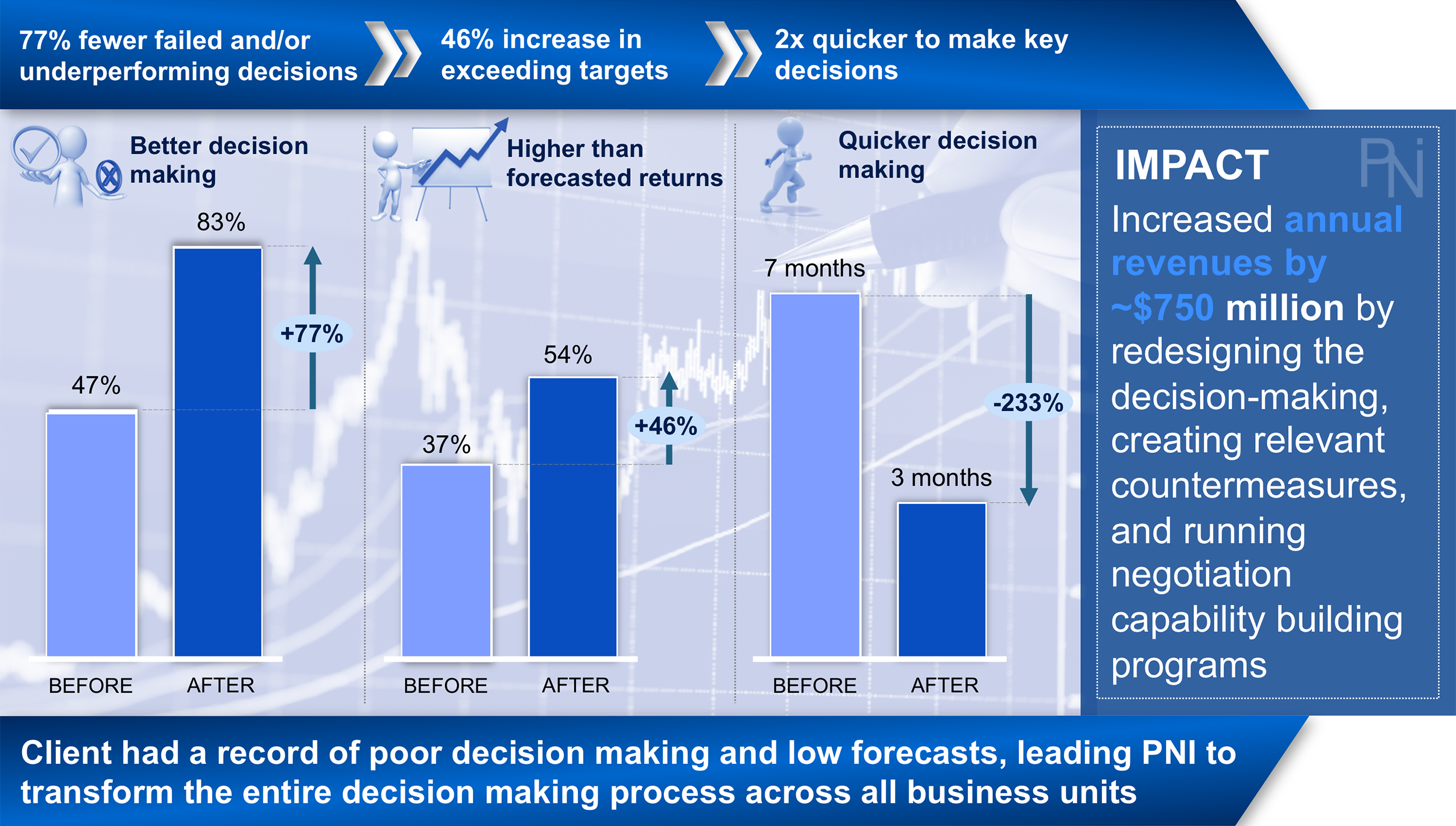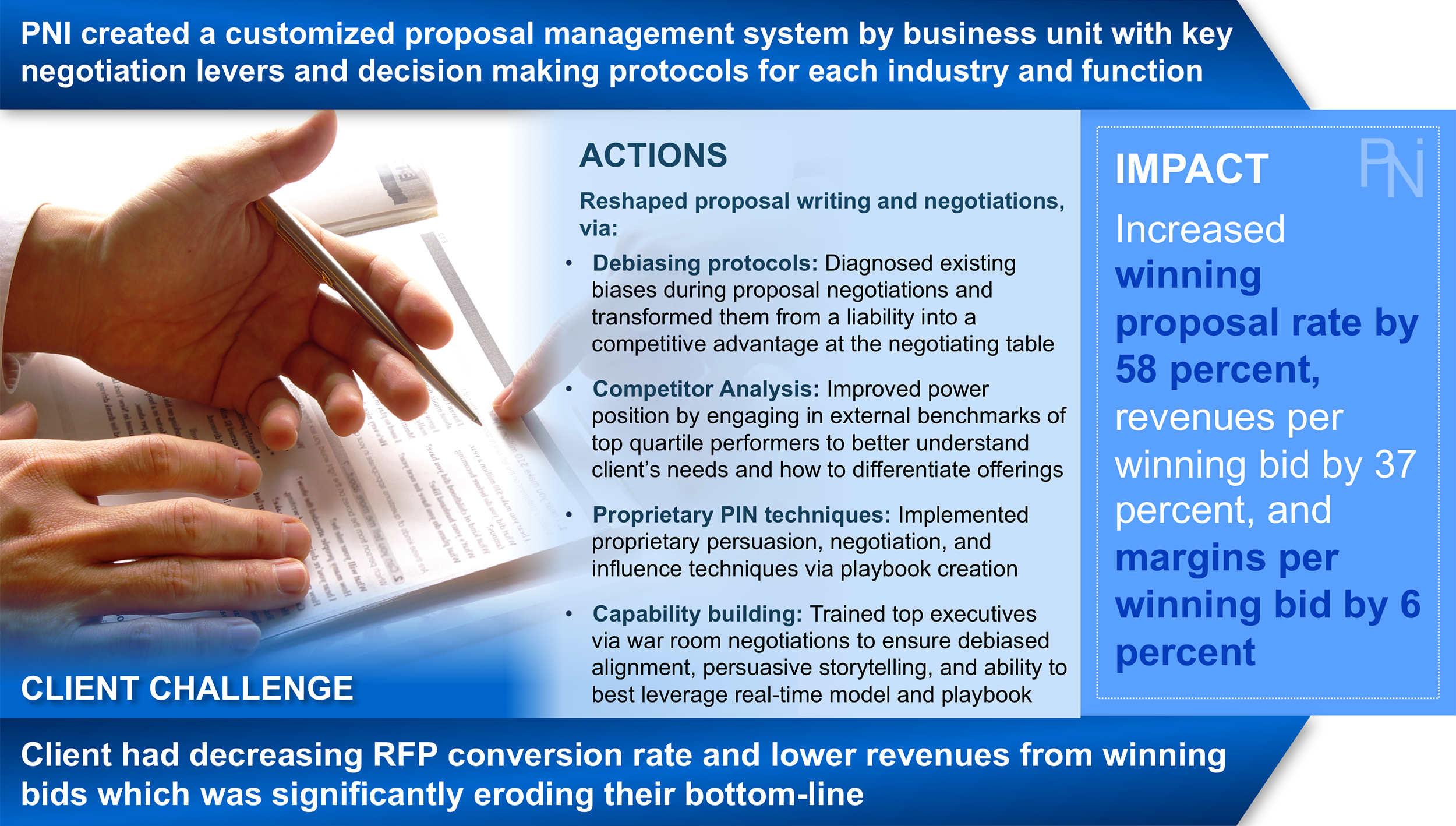3 STEPS TO IMPROVING CROSS-FUNCTIONAL COLLABORATION
Author: Joshua Seedman
Intro
- Distinctive Cross-Functional Collaboration Combines the Best of a High Growth Startup & F100 -
In today's increasingly complex corporate landscape, perhaps nothing is as vital to sustainable growth than cross-functional collaboration. Otherwise, value destructive silos form creating misaligned incentives and hoarding, which is the enemy of innovation, focused alignment, employee engagement, customer experience, culture, and profitable growth. Thus, a worthy aspirational goal is to determine how one can have the passion, innovation, agility, frontline obsession, and employee engagement of a startup combined with the scale, muscle, and processes of a F100 company. To accomplish this lofty undertaking companies should take a three step approach, including:
- Implementing a Unified Data Framework: Implement a unified data framework which captures insights from (1) declared, (2) observed, and (3) inferred customer preferences, allowing for personalization at a segment of 1:1
- Producing a Firm Wide Smart View: Create an enterprise smart view of the (1) customer, (2) product/inventory, and (3) order history, ensuring mitigation of customer amnesia
- Creating an Enterprise Score Card: Implement an enterprise score card whereby all the business units and employees within a company have the same KPI’s, ensuring a true team effort versus silos, hoarding, and misaligned incentives
By implementing the above three initiatives, companies can transition from having a value erosive organizational structure to an inspired culture with an enterprise customer centric mindset. Consequently, cross-functional collaboration will serve as the gateway to untapped growth, innovation, and service excellence.
The Path to Cross-functional collaboration
Many business units act as entities unto themselves. This in turn produces value erosive silos, hoarding, ulterior motives, misaligned incentives, and customer pain points. As long as each business unit is an island unto itself there will be significant energy and financial leakage. For example, the animosity and internal competition amongst a company’s business units are often fiercer and more value destructive than what it faces with its own competitors. Simply, business units often act as if they were part of an unhappy arranged marriage. This often means a company's own worst enemy is itself. Silos can be broken and cross-functional collaboration can be promoted by leveraging the following three steps:
- Implementing a unified data framework
- Producing a firm wide smart view
- Creating an enterprise score card
- Step 1 -
Implement a Unified Data Framework
Exhibit 1 (Click to Enlarge)
While many leaders claim data is the new oil the reality is that everyone has a vast reservoir of data. The real oil is the talent and ability to drive the appropriate insights from that data. This is especially true in today's market where ~80% of data is unstructured. By nature of this reservoir of unstructured data, companies experience decision-making paralysis because they don’t know how or where to begin in unlocking real data insights. In its simplest form, data winners are those that concurrently draw insights from (1) declared, (2) observed, and (3) inferred customer preferences. This is referred to as our DOI Data Framework where DOI is an acronym for declared, observed, and inferred customer preferences (See Exhibit 1).
“Data is not the new oil because everyone has a vast reservoir of data. The real oil is the ability to drive the appropriate insights out of that data. ”
DOI FRAMEWORK OVERVIEW
- Declared Data: According to market research, consumers are willing to spend up to 30 minutes (over time) with a given brand to declare their shopping preferences.
- Observed Data: Consumers leave a long trail of bread crumbs that can help inform preferences includes spending habits, conversations with employees, and online behavior (e.g., social media handle).
- Inferred Data: By leveraging declared and observed preferences, artificial intelligence and its cognitive capabilities can predict customer’s preferences.
This simple framework ensures companies no longer fall prey to decision-making paralysis but instead becomes a data winner by concurrently drawing data insights from these three core areas. To accomplish this undertaking, organizations must leverage (1) traditional data tools and algorithms (2) employees across both traditional brick and mortar stores and digital channels (e.g., call centers), and (3) digital forms across platforms such as eCommerce, mCommerce, apps, and social media to acquire "declared" customer preferences. In addition, firms must heavily leverage artificial intelligence to best draw out "observed" and "inferred" customer insights. When used concurrently, insights from these three core areas will drive customer segmentation by a level of one. Simply, no two customer experiences will be the same. Instead, a company will be equipped to offer a highly personalized experience that's completely unique to that customer and that customer only. Thus, the aspirational goal with this DOI framework is segmentation at a level of 1:1.
- Step 2 -
Produce a Firm-Wide Smart View
Exhibit 2 (Click to Enlarge)
The complexity of the corporate landscape is ever increasing, which is driving an increasing number of internal silos that contributes to what this articles calls customer amnesia (See Exhibit 2). Concurrently, customers are more sophisticated than ever, expecting a streamlined, “wow” experience at every touchpoint in the purchasing lifecycle. Such a mindset is industry and channel agnostic. However, each business unit typically has a different view of the customer because they are hoarding customer data and insights. This poor cross-collaboration not only stifles internal culture and innovation but also erodes the customer experience. Simply, the company has “customer amnesia” because each time a customer interacts with a different business unit or channel the last interaction is unknown or forgotten (See Exhibit 2).
Exhibit 3 (Click to Enlarge)
Customers won’t tolerate such behavior because B2C retail and the likes of Amazon have forever shifted consumer expectations. Simply, customers now make no differentiation between buying. To the customer, shopping is shopping – plain and simple. This has left a large gap across industries between what customers expect and what they actually receive, equating to a poor customer experience and significant value erosion. Simply, there is a what this articles terms a large “customer experience gap” in which this "customer amnesia" is part of the root problem (See Exhibit 3). A byproduct of this customer experience gap is declining customer loyalty, lifetime value, and advocacy, all of which profoundly impacts the bottom line.
“Without a company wide smart view, an organization experiences “customer amnesia” because each time a customer interacts with a different business unit or channel the last interaction is unknown or forgotten.”
Instead, organizations must improve both employee engagement and cross-functional collaboration in an effort to create a truly “omnichannel” approach, even if not in the retail industry. Thanks to digital, omnichannel is now industry agnostic and is applicable even to the B2B space where over 50% of buyers are millennials who have come to expect a certain type of shopping experience. Thus, the aspirational goal is to create a seamless experience for the customer, ensuring that cognitive, omnichannel experiences replace customer amnesia. To create such a streamline experience, companies must break down siloed walls via leveraging a smart view model which brings together a single view of three key areas, specifically a (1) single view of the customer, (2) single view of the inventory, and (3) single view of the order history (See Exhibit 2). Such a model would be centralized, available to every business unit in the organization and updated in real time, allowing for real time interactions with customers no matter where they are in the purchasing lifecycle. Without this simple enterprise smart view, the customer journey quickly erodes because of enterprise silos which drive customer amnesia and an ever widening customer experience gap. This smart view of the customer will drive cross-functional collaboration, allowing companies to leave behind this amnesia by (1) closing the innovation gap between itself and the B2C retail space, (2) providing full enterprise, real-time transparency into a customer’s interactions, and (3) creating a platform full of key data insights that will allow the enterprise to drive predictive, personalized customer interactions.
- Step 3 -
Create an Enterprise ScoreCard
“Without an enterprise scorecard where every employee is aligned with the same KPI’s, each business unit will be incentivized differently, making it easy to lose focus on the real goal. This leaves significant room for silos to form along with slow, complacent decision-making.”
Finally, cross-functional collaboration hinges on having an enterprise scorecard whereby all the business units and employees within a company have the same KPI’s. This ensures a true team effort versus silo hoarding and misaligned incentives. Such s premise stems from that fact that leadership will not get the company where it needs to go unless it brings laser-like focus. Along with that focus, everyone must be incentivized to get to the company’s aspirational goals in an expedient fashion because today’s winners are not those with size but rather those with speed. However, if each business unit is incentivized differently it becomes easy to lose focus on the real enterprise goal, leaving significant room for silos to form along with slow, complacent decision-making and many customer pain points.
“Winners are not those with size but rather those with speed. ”
A simple rule of thumb is that a company won’t get what it doesn't incentivize. Combined with tracking for outcomes instead of activities this enterprise scorecard will drive (1) significant team ownership, (2) quality team decision-making, and (3) cross-functional synergies, allowing the entire organization to reach its aspirational goal in the most expedient fashion.
Bringing it all Together
- Tracking Progress -
“Keep a constant pulse on employee advocacy via Employee Net Promoter Scores (eNPS) because employee engagement levels can predict whether customers become detractors or advocates.”
Finally, after implementing the above three areas (i.e., unified data framework, firm wide smart view, and enterprise score card), a company must track in real time how these cross-functional initiatives are moving the needle. This can be accomplished via constant employee and customer surveys such as eNPS and NPS (Employee/Net Promoter Scores). Simply, a firm must keep a constant pulse on both its employees and customers because there is a strong correlation between employee and customer advocacy. Consequently, employee engagement can predict whether customers become detractors or advocates.
For example, regarding employees, every week a company could run a one to three question survey asking employees on a scale of 1-10, “How likely is it that you would recommend this company as a place to work to a colleague, friend, or family member?" A company could also break this down by business unit. For example, within a sales division, a firm could ask, “How likely is it that you would recommend this sales division as a place to work to a colleague, friend, or family member?" Finally, any company can measure an employee’s advocacy for its product or service by asking, “How likely would you be to recommend this company’s products or services to a friend or colleague?" Any of these three questions will give companies a solid benchmark for tracking the improvement of an inside-out, bottoms-up transformation by letting it keep a constant pulse on employee advocacy and engagement. A similar format can be used with each customer interaction allowing for dynamic, real-time input on customer advocacy and the impact of any enterprise cross-functional transformation.
Ultimately, tracking customers and employees ensures pulse keeping on two of the most highly correlated data points for service excellence and revenue growth. Such an approach, unlike an OHI which may be done annually with the aggregated results not coming in for another several months, provide real-time input for constant enterprise course correction.
Conclusion
“Without cross-functional collaboration, value destruction begins from the inside where a toxic culture, hoarding, and misaligned incentives create pain points for both employees and customers. ”
As both the level of competition and customer expectations continue to escalate, companies can no longer overlook the value-add or value destructive capabilities of cross-functional collaboration. While the path to cross-functional collaboration can be daunting it is nonetheless vital to unlocking significant growth. With the correct approach, a sustainable competitive advantage can be created because enterprise team alignment can ensure quality speed to market, innovation, an inspired culture, employee engagement, productivity, and world-class service excellence. Without cross-functional collaboration, value destruction begins from the inside where a toxic culture, hoarding, silos, and misaligned incentives create pain points for both employees and customers. Ultimately, the discussed three step roadmap can help in mitigating these organizational gaps and instead create a viable competitive advantage. Simply, this roadmap will help any company in its aspirational goal of combining the passion, innovation, agility, frontline obsession, and employee engagement of a high growth startup with the scale, muscle, and processes of a F100 company.
About the Author
Joshua Seedman is the founder and chairman of PNI Consulting, a management consulting firm that specializes in global transformations. He has over 20 years of operating and general management experience with expertise in organizational transformations, customer experience, employee engagement, digital transformations, sales & marketing, operational turnarounds, culture/change management, and high-stakes negotiations. His experience includes executive roles within F500 companies, top-tier consulting leadership (McKinsey & Company), over 10 years of global P&L responsibility, and corporate lawyer (Davis Polk & Wardwell). He received his MBA from Kellogg School of Management and his J.D. (cum laude) from Northwestern University School of Law.









